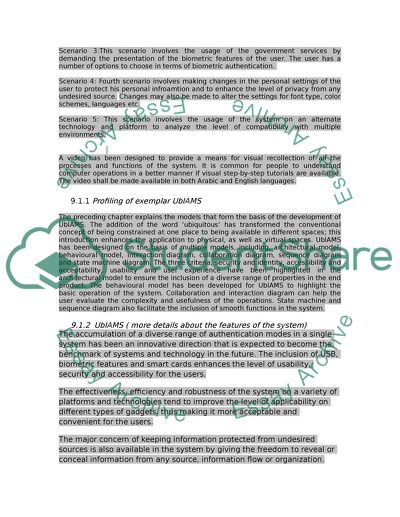Cite this document
(“Research Methodology for User Evaluation Dissertation”, n.d.)
Research Methodology for User Evaluation Dissertation. Retrieved from https://studentshare.org/information-technology/1401314-research-methodology-for-user-evaluation
Research Methodology for User Evaluation Dissertation. Retrieved from https://studentshare.org/information-technology/1401314-research-methodology-for-user-evaluation
(Research Methodology for User Evaluation Dissertation)
Research Methodology for User Evaluation Dissertation. https://studentshare.org/information-technology/1401314-research-methodology-for-user-evaluation.
Research Methodology for User Evaluation Dissertation. https://studentshare.org/information-technology/1401314-research-methodology-for-user-evaluation.
“Research Methodology for User Evaluation Dissertation”, n.d. https://studentshare.org/information-technology/1401314-research-methodology-for-user-evaluation.


